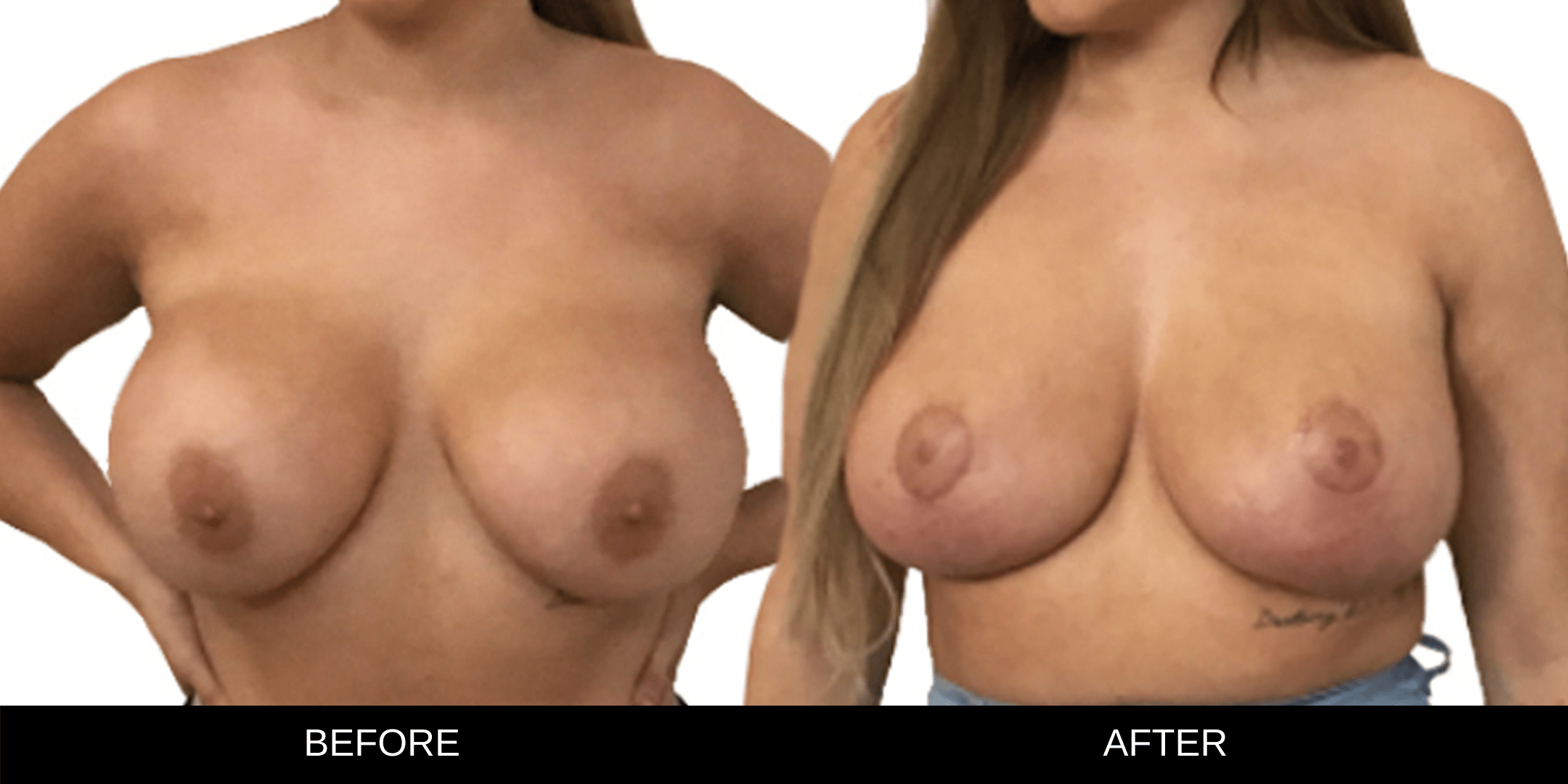
What is a breast reduction?
Together with the breast lift, a breast reduction is one of the most common breast operations in the Netherlands. Breasts develop during puberty. Their size and shape are often determined by genetic predisposition. Many women struggle with the shape of their breasts, which can be affected by, for example, gaining or losing weight, pregnancy and the condition of the skin and breast tissue. Our specialised doctors will gladly help you to achieve the desired results.
Breasts can easily start to hang when the skin loses its elasticity. Women often consider having a breast reduction done when they frequently suffer neck, shoulder and back problems. Also, from an aesthetic point of view, one can be unhappy with breasts that are too large. A breast reduction operation can help to reduce these problems and can bring the size of the breasts more into proportion with the shape of the body. A breast reduction will also help you to feel better about your breasts again.
What are the advantages of a breast reduction?
- Ability to wear all types of clothing again
- No more back or neck problems
- Improved self-image
- You will be given a general anaesthetic
When am I a suitable candidate for a breast reduction?
If you have large breasts, this can cause all sorts of problems. For example, you can experience back pain, pain in the shoulders or neck. Breasts that are too large can be an obstruction when things like sports.
Large breasts can also make women feel ashamed. You are a good candidate for a breast reduction when you struggle with physical or psychological problems because of your breasts.
WHAT CAN I EXPECT AFTER HAVING HAD A BREAST REDUCTION DONE?
BREAST REDUCTION BEFORE AND AFTER
